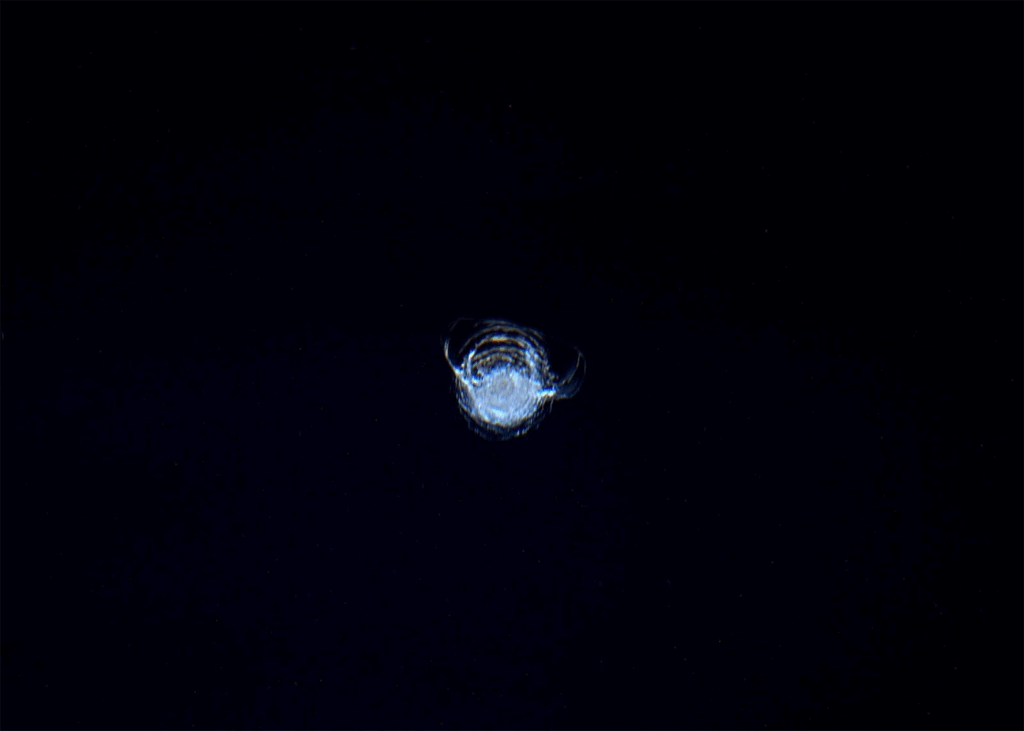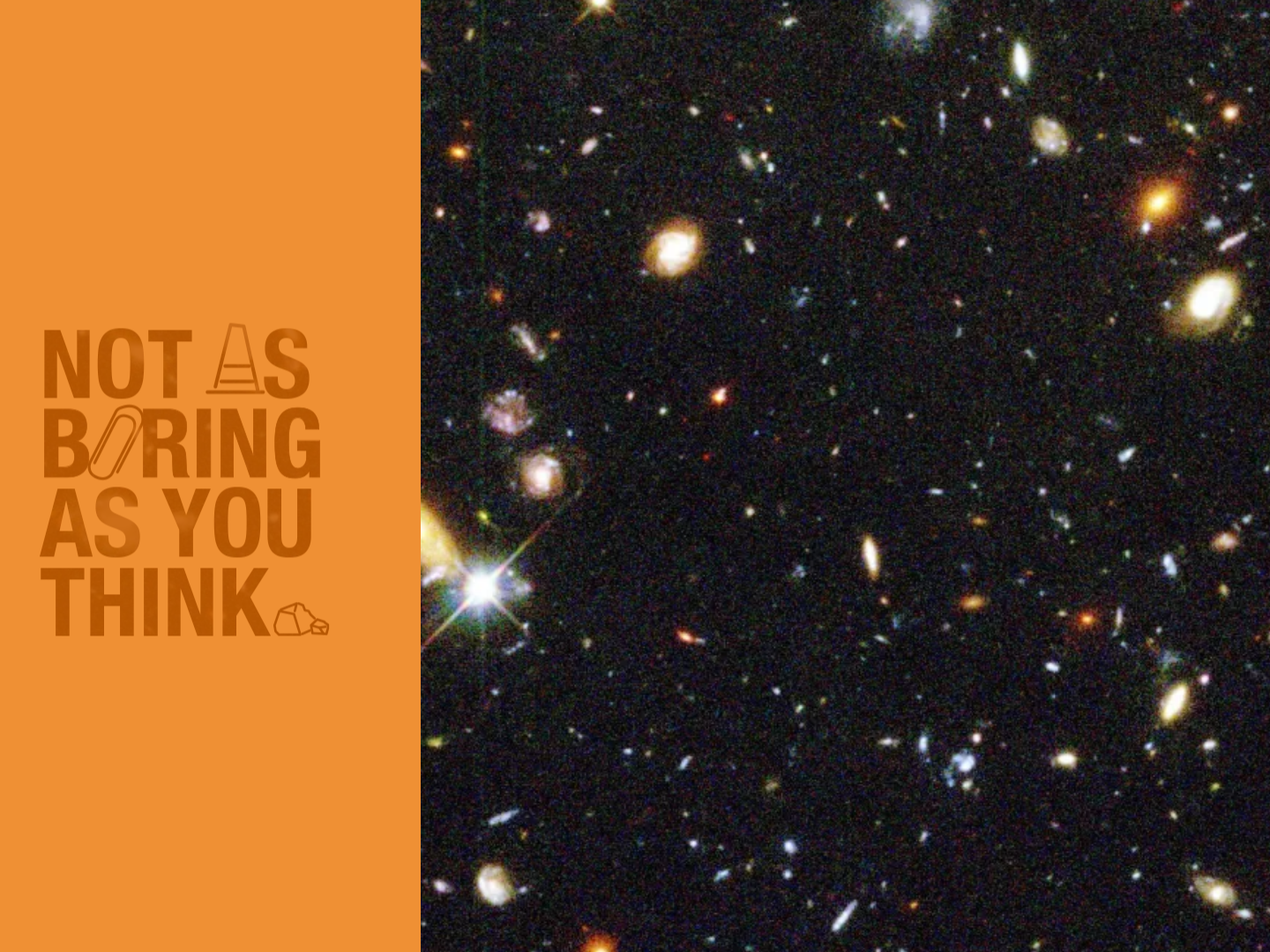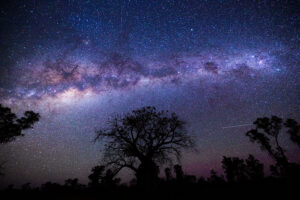We all need some space sometimes – but it’s harder to find than you might think. How far into our universe do we have to go to reach somewhere truly empty?
Our first stop is the International Space Station (ISS). It’s above 99.99997% of our atmosphere – but the space outside isn’t empty. It is filled with tiny fragments of stuff – everything from tiny meteoroids to flecks of rust and paint.
While we see these as shooting stars, the ISS crew hear them as tiny pings and taps on the spacecraft’s metal skin.

Credit: ESA/NASA
There’s so much stuff up there that tracking space debris is a full-time job.
Leave Earth’s protective magnetic field and you enter a stream of charged particles called the solar wind.
The space between the planets in our Solar System is less of a vacuum and more of an atmosphere around our Sun. It has wind, weather and storms.
Solar storms are a hazard to robotic spacecraft and a risk for future astronauts. Forecasting space weather is a full-time job too.
So does empty space exist anywhere in our Solar System?
The Edge of the Storm
The Voyager probes, launched in 1977, are the most distant human-made objects in existence. Even they haven’t found empty space.
The probes, and the scientists still tracking them, are charting the heliopause – the best (but hotly debated) definition we have for the ‘edge’ of the Solar System.
From what they have seen, our Sun is moving through the galaxy inside a bubble it blows for itself with the solar wind.
But wait – what is it blowing that bubble in?

Credit: Jonathan North/NASA
Un a-void-able
Even beyond the heliopause, empty space isn’t empty.
There are interstellar objects like ATLAS and ‘Oumuamua. There are wandering comets, rogue planets and brown dwarfs.
And it’s all marinating in a reservoir of galactic hydrogen gas – raw star fuel. The darkness between stars is one cosmic collision away from becoming a stellar nursery.
But what about beyond the Milky Way? Surely we’ll find some empty space there?
Nope.
Once we’re searching this far out, we’re looking a long way back in time as well.
Out here, the not-empty space between distant, ancient galaxies holds the key to understanding the Big Bang and the first stars in the universe.
Ironically, with so much stuff out there in ‘empty’ space, finding nothing might be the most interesting discovery of all.









